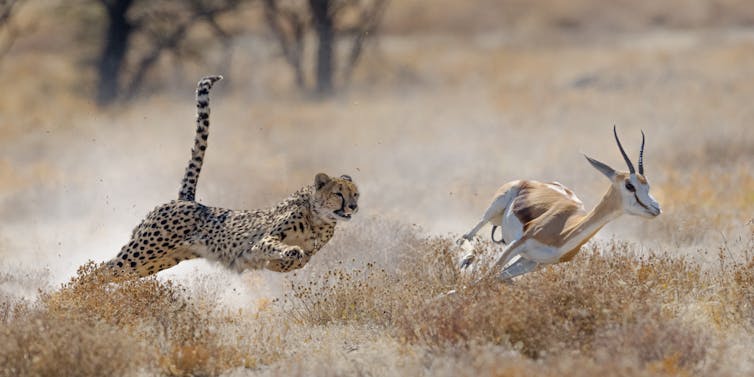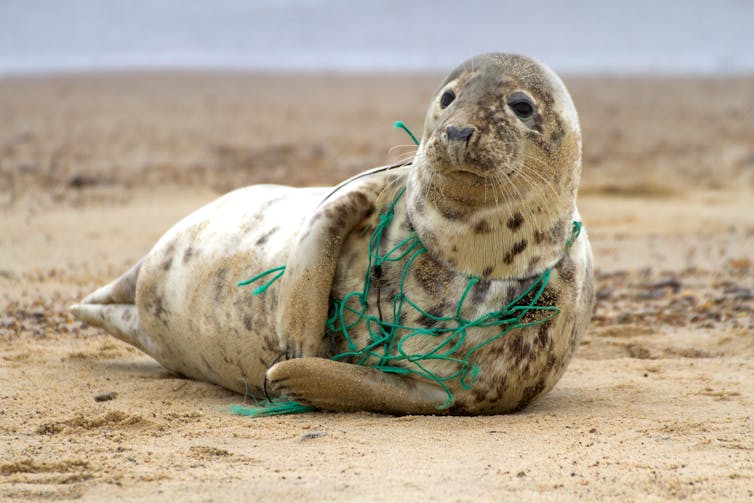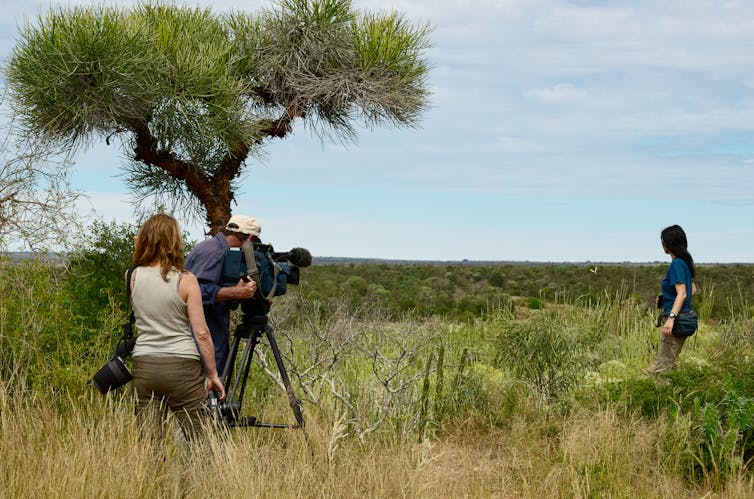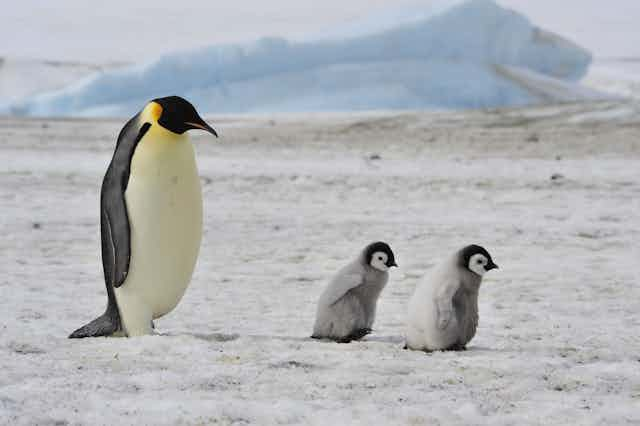Picture this, a cute baby penguin, blown down a gully during a fierce storm, with no escape. You’ve been filming the natural world for weeks, following this individual. You’ve invested in it, become interested in it, attached to it – would you be able to let it die, or would you want to save it? Well, while filming an episode of Dynasties, a BBC crew decided to intervene, causing controversy in the process.
As noted by presenter David Attenborough at the end of the episode, intervention by film crews is “rare”. Indeed, the goal for any nature documentary crew is to capture the living world without succumbing to emotional distress, and thus the urge to alter the things they film. So, was saving the penguin the right thing to do?
A controversial move
There are many arguments against what the BBC crew did: first, death is a natural process in the animal kingdom. Without dead animals many species would starve to death. In fact, many animals have evolved to feed off other dead animals – these are the scavengers, the ones that clean up the mess – and carcasses can attract thousands of animals. For instance, carcasses of whales may support fauna such as crabs, lobsters, sharks and fish, for up to 80 years.
Death is also needed in order for species to evolve and become adapted to their environment: evolution via natural selection, otherwise known as “survival of the fittest”. This is where individuals that are more suited to take advantage of the resources in the environment – be they food, shelter or mates – are more likely to survive. They are also more likely to survive long enough to reproduce, hence they will pass their advantageous genes on to their offspring and, over time, we end up with a population that is perfectly adapted to their environment. Once we start intervening with this natural process we are potentially augmenting a “survival of the not-so-fit”, and often “survival of the weakest”.

Well-meaning
However, intervention doesn’t always take the form of a benevolent documentary crew. Often, animals are saved by well-meaning people – those who want to nurture animals and provide them with the best life possible. Every spring the Royal Society for the Protection of Birds (RSPB) are inundated with calls from members of the public who have found “abandoned” birds and tried to save them. However, most of the birds haven’t been abandoned, as they are typically only a short distance from their parents. Unfortunately, well-meaning people often “rescue” animals which, in reality, means that they will either be destined to a life in captivity or will be returned to the wild without the necessary skills to survive, so will probably perish.
Born free, the true story of Elsa the lioness who was rescued by George and Joy Adamson, documents how Elsa was raised by the Adamsons until she became too big and caused chaos. By this time, Elsa had been in captivity for so long that she didn’t display the normal behaviour needed to survive in the wild – she couldn’t hunt and didn’t know how to behave around other lions – she had to learn how to be a wild lion again. The film portrays the emotional attachment and inner turmoil that Joy has towards Elsa. For example, “I know what is good for her but I don’t want to let her go”, is seen in many humans, putting their own compassion over what might be best for animals.
A Man-made crisis
However, to denounce the direct action of humans in this way would seem to ignore the alterations humans have already made to our environment. By destroying habitats, exploiting species, polluting the planet and introducing non-native species, humans have already caused destruction to the planet, and are the cause of the current extinction crisis. This could see much-loved species such as lions go extinct in the wild through human-induced threats including persecution and trophy hunting.

Given our profound impact on wild populations, it is fitting that we help as many animals as possible. One way to do this responsibly would be to undertake more effective habitat management or educate people on aspects of conservation.
For example, Attenborough released a three-part documentary, State of the Planet, in 2000, but it didn’t attract the usual number of viewers. The danger is that repetition may make people numb to the issues, or simply stop watching. Although, more recent attempts have been far more successful. The final episode of the Blue Planet II highlighted the current plastic problem and people took notice.
Indeed, the emotional response that such documentaries elicit, and that is inherent in most of us, can be beneficial. However, its benefits are often limited as the biggest conservation draws are the “flagship species”, those that are cute, cuddly, charismatic and pull on our heartstrings.

So, what about the penguins? If these were animals being killed by a natural predator, it is hard to justify why you would intervene and prioritise one species of animal over another. But, if these were animals dying from a human-induced threat, surely we have a responsibility to help. Regardless of whether the storm that stranded the penguins was natural or not, I would have found it hard to watch the penguins perish.

